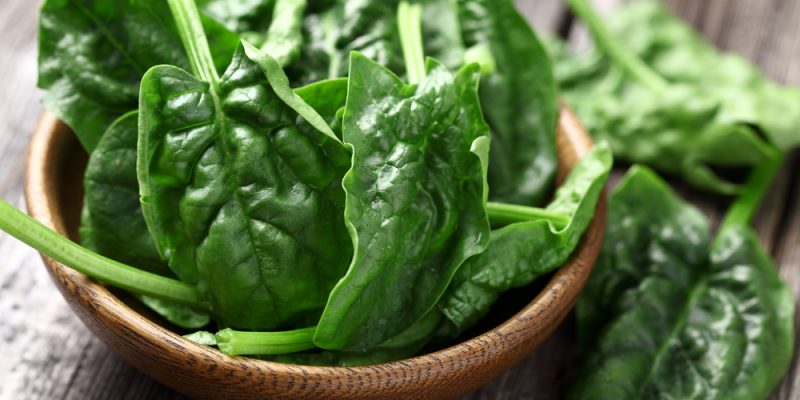The Health Benefits of Spinach
Those who remember Popeye will know exactly what his vegetable of choice was – spinach. The green, leafy vegetable became the symbol of health and strength. But cartoons aside, what are the real health benefits of spinach?
Origin Story
Spinach can be traced back to ancient Persia (modern Iran and neighbouring countries). From there it was introduced to ancient China, where it was known as the ‘Persian Vegetable’. The earliest record of the spinach plant was recorded in Chinese, stating it was introduced into China via Nepal in 647 AD.
Present Conditions
Spinach is in season all year round in Australia, so you don’t have to worry about finding it in your local supermarket. It grows best in a cool climate and is fairly resistant to frost, so autumn is the peak time for sowing. There are many different varieties, including English spinach, baby leaf, and savoy spinach.
The baby leaf variety of spinach has grown in popularity in recent years, with many people adding it raw to salads. Baby leaf has a very quick growing time, it can be ready to harvest in about 6-7 weeks.
Healthy Snapshot
- Spinach is high in iron, which plays a central role in the function of red blood cells and helping to transporting oxygen around the body.
- It’s a good source of vitamins A, B2, C and K, and also contains magnesium, manganese, folate, calcium and potassium.
- The dark green colour of spinach leaves indicates they contain high levels of chlorophyll and health promoting carotenoids (beta carotene, lutein and zeaxanthin).
- Vitamin K is important for maintaining bone health and it is difficult to find vegetables richer in vitamin K than spinach.
- Although full of healthy vitamins and minerals, people with kidney stones are advised not to eat too much spinach as the oxalate levels in it can worsen symptoms.
Getting the most out of spinach
Selection – Spinach is often confused for silverbeet, but spinach has a smaller, flatter leaf and green veins, as opposed to the white veins of silverbeet. Fresh spinach should be medium to dark green, fresh-looking and free from evidence of decay.
Storing – Spinach is best stored loosely packed in a sealed plastic bag in the fridge. You can store it for about 4 days. It’s best not to wash spinach before storing as the added moisture can cause it to spoil.
Preparing – Wash spinach thoroughly before eating, particularly if bought in a bunch. You can also buy frozen spinach, which is a nice alternative to frozen peas. It comes in blocks, all you have to do is thaw it and drain out excess water if required.
Cooking – Raw spinach has a milder taste that some describe as metallic once cooked. You can eat it raw in salads, atop pizzas, in sandwiches and wraps, and in smoothies. If cooking, it’s best to steam, sauté or microwave spinach rather than boiling to preserve the nutrients.
And don’t be afraid about adding lots of spinach when cooking. The high water content means that it reduces in size by about a quarter when it cooks down.
